Understand
Sukhumvit Road is not only one of the longest boulevards in Thailand but also in the world. Towards the west, it changes its name to Phloen Chit Road and Rama I Road as it enters the Siam Square area. However, it stretches most of the way to the Cambodian border in the east. The sois (sidestreets) are numbered from west to east, with odd numbers on the north side and even numbers on the south side of Sukhumvit Road. These sois have their own unique names, adding to the confusion. For example, Soi 55 is better known as Soi Thong Lo, and it may have smaller sois of its own, such as Thong Lo Soi 1. Although it is now a bustling district filled with high-rise apartment buildings, a Skytrain, and constant traffic congestion, it is hard to believe that this area was once covered in rice fields until World War II. After the war, contemporary villas catering to the upper class were developed here. As property values continued to rise, developers began constructing tall apartment buildings. The construction of the BTS Skytrain in 1999 further increased the popularity of this district. The lower-numbered sois, approximately between Soi 1 and 63, are a favored residential area for Western expatriates and affluent Thais. This area is densely packed with shopping centers, restaurants, and hotels. It is also home to various entertainment venues such as Nana Entertainment Plaza in Soi 4 and Soi Cowboy between Soi 21 and 23. Sukhumvit Road itself transforms into a vibrant market offering a wide range of goods, from luggage to fake Rolex watches, and in the late hours, it becomes a lively scene with roadside bars and pubs. Sukhumvit offers the best dining options in Bangkok, with a variety of choices to suit every taste. Japanese nationals tend to congregate in the area around Soi 21, while Indians have settled around Soi 12. Soi 3/1, also informally known as Soi Arab, is where Arabs can be found. After Soi 63, the area is predominantly occupied by Thais, although this may change with the completion of the Skytrain extension in late 2011. South of Sukhumvit's sois lies Khlong Toei, known for the Khlong Toei Market. This borough, market, and port were named after the canal that flows through the area. The name means "canal of pandan" due to the plant that used to grow along its southern bank. The southern part of the canal was filled to make way for Rama IV Road in 1947. Underneath the Chalerm Maha Nakhon Expressway are the renowned Khlong Toei slums, seldom explored even by the most adventurous travelers. Along the banks of the Chao Phraya River, the Khlong Toei Port can be found. It has a long history dating back to the ninth century, connecting Bangkok with the cities upstream the river. However, since 1981, it has lost much of its economic importance to the larger Laem Chabang Port near Pattaya.
Map & Climate
Popular Foods
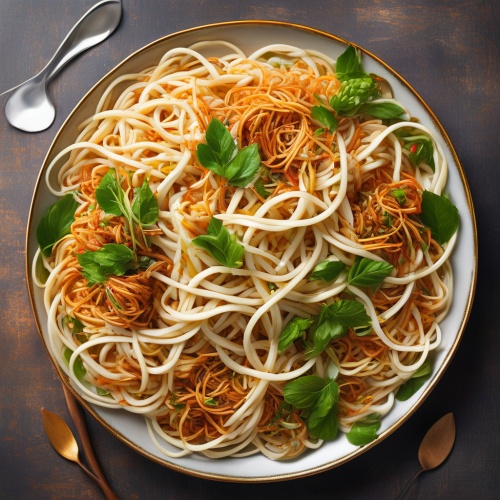 Pad Thai: Pad Thai is a signature Thai dish consisting of stir-fried rice noodles with a uniquely balanced blend of sweet, sour, salty, and tangy flavors. It typically includes shrimp or chicken (though can be prepared with tofu for a vegetarian version), scrambled eggs, bean sprouts, and is garnished with crushed peanuts, lime wedges, and fresh herbs like cilantro and green onions. The dish is served with a side of som tam (green papaya salad) and mango sticky rice for a complete meal.
Pad Thai: Pad Thai is a signature Thai dish consisting of stir-fried rice noodles with a uniquely balanced blend of sweet, sour, salty, and tangy flavors. It typically includes shrimp or chicken (though can be prepared with tofu for a vegetarian version), scrambled eggs, bean sprouts, and is garnished with crushed peanuts, lime wedges, and fresh herbs like cilantro and green onions. The dish is served with a side of som tam (green papaya salad) and mango sticky rice for a complete meal. 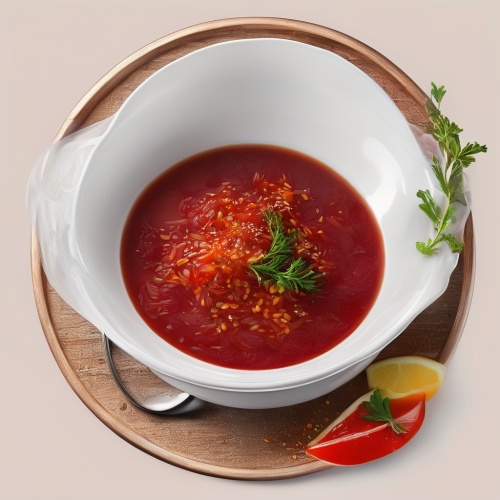 Tom Yum Goong: This spicy and aromatic soup is a beloved Thai classic that features a fragrant broth made from stock, kaffir lime leaves, lemongrass, galangal, lime juice, fish sauce, and chili paste. It's packed with succulent prawns, mushrooms, tomatoes, and other vegetables, with optional additions like snakehead fish or even chicken. The dish is often garnished with fresh cilantro and a sprinkling of pepper.
Tom Yum Goong: This spicy and aromatic soup is a beloved Thai classic that features a fragrant broth made from stock, kaffir lime leaves, lemongrass, galangal, lime juice, fish sauce, and chili paste. It's packed with succulent prawns, mushrooms, tomatoes, and other vegetables, with optional additions like snakehead fish or even chicken. The dish is often garnished with fresh cilantro and a sprinkling of pepper. 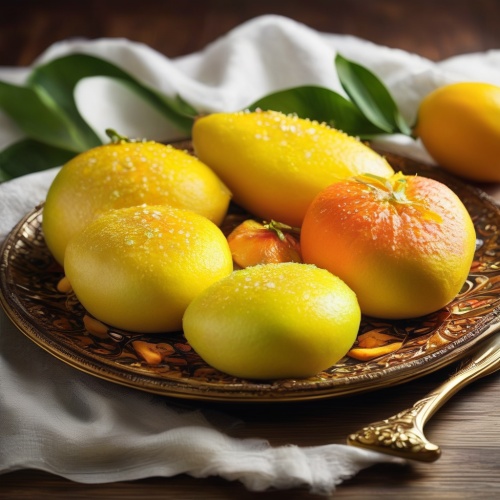 Mango Sticky Rice: This iconic Thai dessert is a delightful combination of sweet, creamy mango and glutinous rice. The sticky rice is cooked in coconut milk and sugar until it achieves a chewy texture, then served alongside ripe, juicy mango slices. The dish is sometimes garnished with toasted coconut flakes or sesame seeds for added crunch and flavor. It's typically enjoyed during the mango season (May to September) as a sumptuous, refreshing treat.
Mango Sticky Rice: This iconic Thai dessert is a delightful combination of sweet, creamy mango and glutinous rice. The sticky rice is cooked in coconut milk and sugar until it achieves a chewy texture, then served alongside ripe, juicy mango slices. The dish is sometimes garnished with toasted coconut flakes or sesame seeds for added crunch and flavor. It's typically enjoyed during the mango season (May to September) as a sumptuous, refreshing treat. 

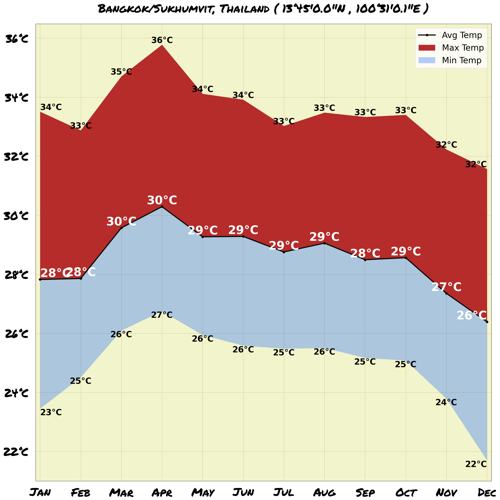

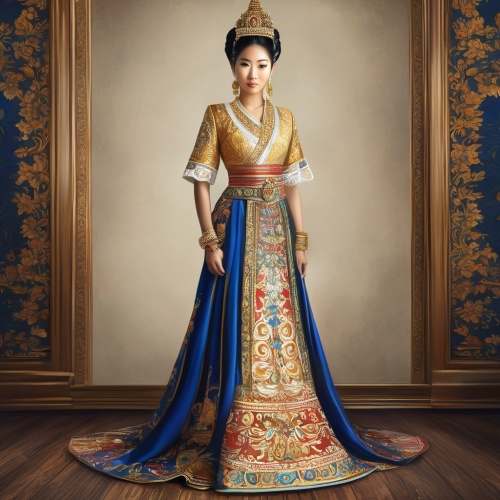
Comments
NO COMMENTS